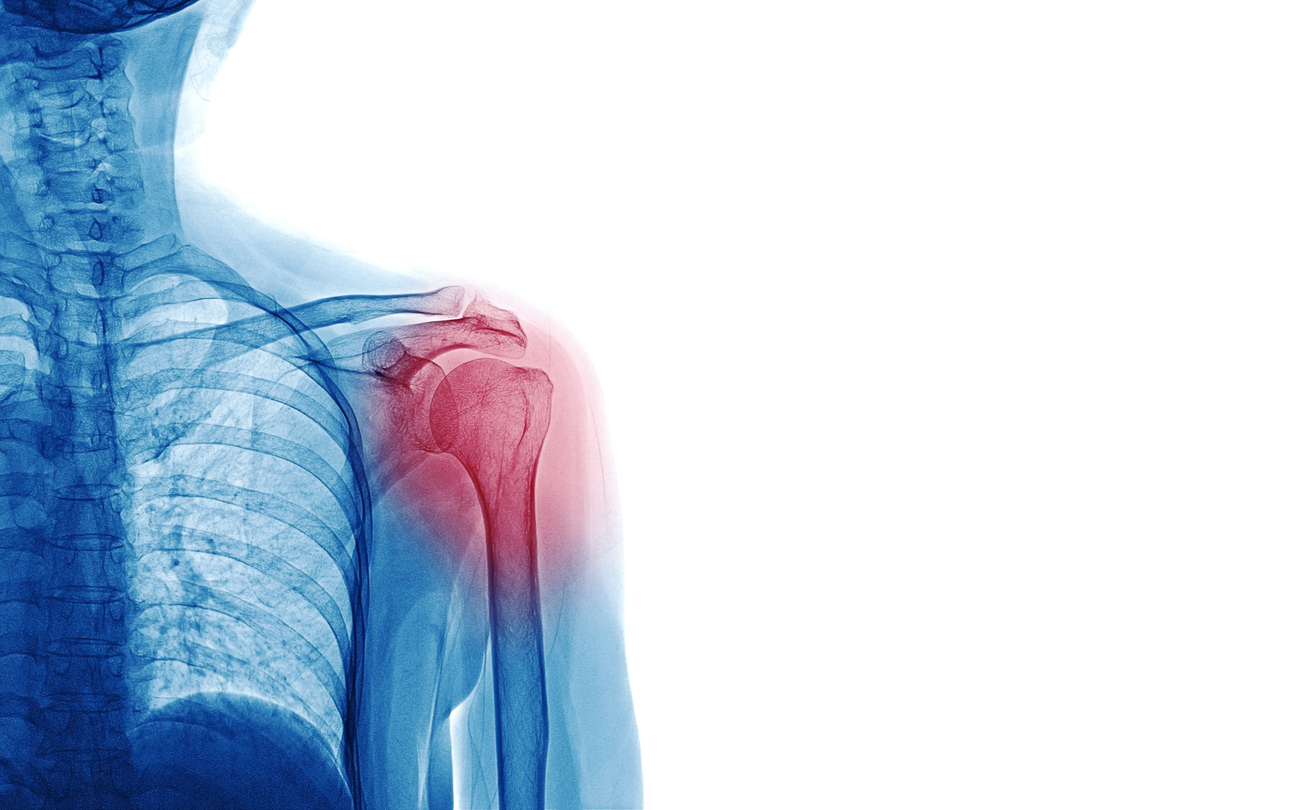
Of all the joints in your body, your shoulder has the greatest range of motion and is highly likely to experience damage or injury over the course of your lifetime. Whether through the regular wear and tear of osteoarthritis or after a rotator cuff injury, shoulder reconstruction surgery may be the best means to restore your shoulder’s mobility and functionality. Like with any surgery, expect to lose some time while healing, but how long before your shoulder is back to normal? Here is what you can expect when you are recovering from shoulder reconstruction surgery.
The Procedure
Reconstruction of the rotator cuff or labrum often is performed arthroscopically, which allows your surgeon to see, diagnose, and treat problems inside the shoulder joint. If your surgeon determines that major joint damage has occurred, she may have to perform a total joint reconstruction, which is more complex surgery that will require an extended recovery and healing period. Your surgeon will make a small incision and make repairs to the torn or stretched shoulder ligaments, reattaching them back to the shoulder socket to help shoulder joint to remain in place and begin to heal.
The Recovery Process
Immediately following the procedure and for the weeks that follow, expect to wear a sling to support and immobilize your shoulder as it heals, but also, be prepared to try to move your shoulder as early as the first day of recovery to prevent scarring and allow for gradual mobility. You should apply ice packs to reduce swelling and will be advised to take anti-inflammatory medications and pain medication, if your surgeon recommends it. Rest is also key to healing, and you will do so propped up on a pillow or reclining in a comfortable chair – the goal is not to sleep on your healing shoulder.
Physical therapy is another key element of recovery. During your PT sessions your therapist will help you regain range of motion and strengthen weak or compromised muscles. You may also work with an occupational therapist to practice performing everyday activities that you can’t when you are in a sling; an occupational therapist may also evaluate how you will perform your work duties without reinjuring your shoulder. The objective is to assist in healing and prevent the formation of scar tissue, which will inhibit your mobility.
Long-term Expectations
In a few weeks you may be out of a sling, but you should still be cautious and limit your movements. Continue to avoid lifting heavy objects or putting weight on your shoulder as your sutures are still at risk of being pulled out. You will continue working with your physical therapist as you continue to strengthen your shoulder. Ultimately, recovery from shoulder reconstruction surgery involves teamwork. Just make sure to follow all instructions provided by your surgeon and physical therapists and you should be able to enjoy free movement of your shoulder within six months.
Shoulder Reconstruction Surgery in Austin, Texas
Following shoulder reconstruction or any other orthopedic procedure, your recovery and rehabilitation plan will include pain management and physical therapy. At All Star Orthopedics of Austin, board-certified and fellowship-trained orthopedic surgeon Dr. Carolyn Hyde and her caring, compassionate staff offer patients a broad range of orthopedic and sports medicine care. If you need joint reconstruction, Dr. Hyde can provide you the care you need. She also offers regenerative medicine in the form of PRP and stem cell therapies. If you require joint reconstruction or any other orthopedic care and live in our around the greater Austin area, call All Star Orthopedics of Austin today at (512) 346-4933 or request an appointment now and move freely again.





